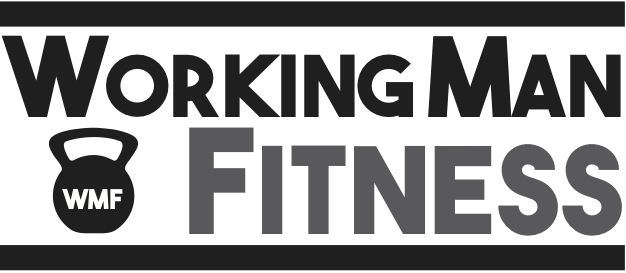Here is a quick sample plan for making sure you get enough exercise and eat right. The plan consists of three routines: a morning routine, activity routine, and eating routine.
Morning Routine
The plan starts with the morning routine. Develop a morning routine that you do automatically for the first 5 – 25 minutes of your day. If you can’t do it first thing, do the absolute minimum you need to do and then do the routine.
This could be:
- Joint mobility
- Baby crawling patterns
- Bodyweight exercise
- Strength training sessions
The time variance comes because you’re not going to take 25 minutes per day, but somedays you will want a longer session.
For example, you could pick three days a week (Monday, Wednesday, Friday) to do a calisthenic routine that focuses on strength or endurance.
On other days, you might do 5 – 10 minutes of joint mobility or baby crawls.
You might do barbell deadlifts for 10 minutes five days a week, and add baby crawls every other day.
All your focused exercise will come in the morning routine. Once you’ve done it, you are done for the day. That’s it.
Activity Routine
The physical exercise continues with the activity routine. Think Bruce Lee’s bare bones fitness stuff. Park farther away. Use stairs. Stay active. Get up every 50 minutes and walk. Take a lunch walk for 15 minutes.
Straighten stuff up in your home every other night. Do a couple stretches each night. This is especially easy if you sit down and watch TV. Sit down on the floor instead and do some stretches.
Eating Routine
The final part of this plan is your eating. This isn’t a complicated routine, so I’ll keep things simple.
- Red meat once per week max.
- One meat meal per day max, and then not over half a pound.
- One meal per day with a large serving of vegetables.
- No liquid calories (no juices, sodas, cream or sugar in coffee, and so on). Exceptions: Meal replacement shakes or protein shakes or other supplement-type shakes and alcohol (one night a week of up to 2 drinks for women and 3 for men).
We’re not giving everything up at once, but we are establishing some sensible boundaries that anyone can do.
The last part of this plan is the hardest, but required.
- Plan your meals. Plan everything you eat and drink, and don’t deviate from that plan. If you have a Snicker’s bar from the vending machine, plan that Snicker’s bar. We’re not worrying about stuff like that as part of this plan, but we are accounting for it. Also, it bears mentioning, plan your alcohol consumption. If you’re in a softball league and go out after games, plan how much you are going to drink. Plan how much coffee (ounces) you will consume.
The reason for planning is because it forces you to think about what you are putting into your mouth and this is incredibly important and many of us don’t even think about it. Bring donuts to work and watch people brainlessly flock to them. No thought there. When you plan and write things down you think, and since food and drink build your body and health, it is intuitively obvious that you should be thinking about the food and drink you choose to put into your body.
* * *
That’s the plan. A morning routine, an activity routine, and an eating routine. There is so much variety you can achieve within this framework that you will never be bored, yet always be fit. Even when you are not feeling well, you can stay on this plan. The morning routine becomes short and gentle as needed, the activity routine dials back and slows down, the eating routine changes to introduce supplements and medicine and to reduce food intake as activity is lower.
Make this a 30 day challenge. Follow this plan for 30 days and let me know your results.
